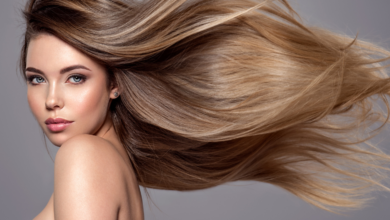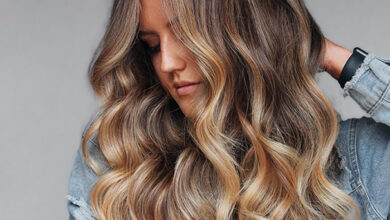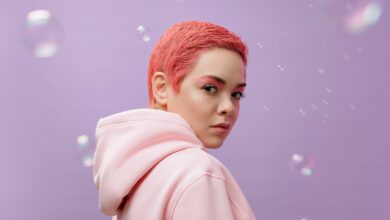
Are you tired of dealing with common hair color issues? From fading to brassy tones, maintaining vibrant and healthy-looking hair can be a challenge. In this article, you will discover effective tips and tricks to revive and refresh your hair color, helping you overcome common problems. Whether you’re a blonde, redhead, or brunette, these techniques will help you maintain the perfect shade and keep your hair looking flawless. Say goodbye to dull and lackluster color, and say hello to vibrant and beautiful hair!
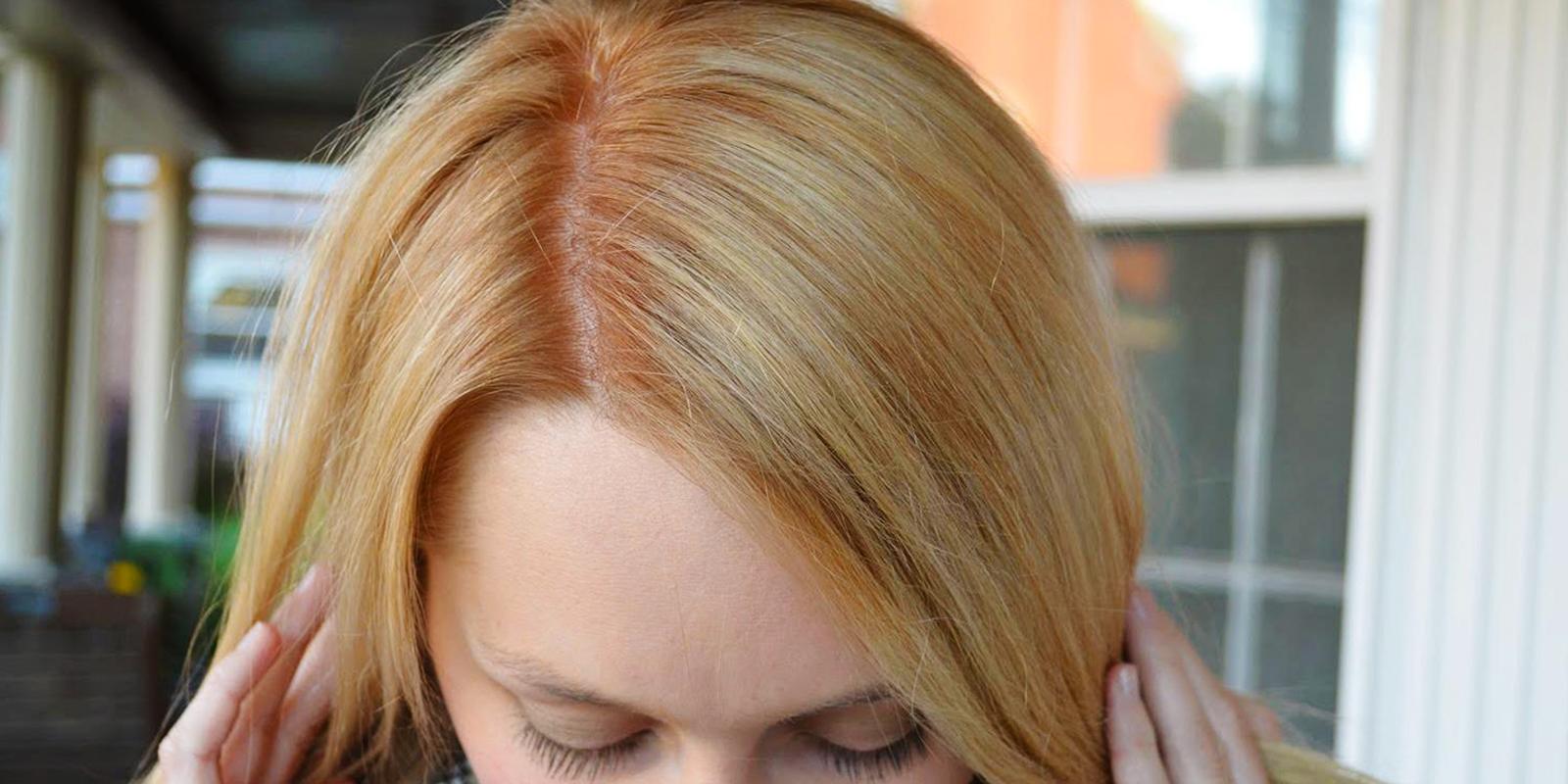
Understanding Hair Color Issues
Different types of hair color issues
When it comes to hair color, there are various issues that can arise. One common problem is brassiness, which refers to an unwanted warm or orange tone in the hair. Another issue is fading hair color, where the vibrancy of the dye diminishes over time. Uneven color distribution is yet another concern, where some areas of the hair are lighter or darker than others. Lastly, choosing the wrong shampoo and conditioner for color-treated hair can lead to further damage and color loss.
Causes of hair color issues
Several factors can contribute to hair color issues. One primary cause is the natural pigmentation of your hair. Different hair colors have different underlying pigments, so when dyeing the hair, it is important to consider how these pigments may interact with the desired color. Other factors, such as exposure to sunlight and chemicals in hair products, can cause color fading. Additionally, improper application or use of low-quality hair color products can result in uneven color distribution.

Choosing the Right Hair Color
Determining your skin tone
Before choosing a hair color, it is essential to determine your skin tone. This will help you select a shade that complements your complexion. Warm skin tones, characterized by golden or yellow undertones, are typically flattered by hair colors with warm tones such as golden blonde or rich brown. Cool skin tones, which have pink or blue undertones, work well with hair colors that have cool tones like ash blonde or espresso brown.
Considering your natural hair color
Your natural hair color is another crucial factor to consider when choosing a new hair color. Going too far from your natural shade can require more frequent touch-ups and may cause further damage to the hair. For a subtle change, opting for a shade within a few shades of your natural color is a good idea. However, if you are looking for a dramatic transformation, you may need to consult a professional stylist to ensure the best results.
Seeking professional advice
When in doubt, it is always beneficial to seek professional advice. A hairstylist can assess your hair condition, determine the best color options for you, and guide you through the process. They have the expertise and experience to avoid common pitfalls and to achieve the desired hair color with minimal damage. A professional can also recommend suitable hair care products to maintain and protect your color-treated hair.
Common Hair Color Problems and Solutions
Brassiness and how to combat it
Brassiness is a common issue for those who have dyed their hair blonde or have a lighter hair color. It occurs when the underlying warm tones in the hair become more prominent. To combat brassiness, you can try using a purple shampoo or toner, as purple is the opposite of yellow on the color wheel and can neutralize brassy tones. Additionally, getting regular toning treatments at a salon can help maintain a cool-toned blonde or light hair color.
Fading hair color and techniques to prevent it
Fading hair color can be frustrating, particularly if you invest time and effort into achieving a vibrant hue. To prevent color fade, it is important to use hair care products specifically formulated for color-treated hair. These products are typically sulfate-free and contain UV filters to protect against sun damage. Additionally, minimizing heat styling and avoiding excessive exposure to chlorinated or saltwater can help preserve the vibrancy of your hair color.
Uneven color distribution and how to fix it
Uneven color distribution can occur due to various reasons, such as improper application or overlapping of hair dye. To fix this issue, it is recommended to consult a professional stylist. They can assess the extent of the unevenness and determine the best course of action. In some cases, a color correction process may be necessary to even out the color. It is important to avoid attempting to fix this issue at home, as it can lead to further damage.
Choosing the right shampoo and conditioner for color-treated hair
Using the right shampoo and conditioner for color-treated hair is crucial in maintaining the longevity and vibrancy of your hair color. Look for products specifically designed for color-treated hair, as they are formulated to be gentle and nourishing while also preserving the color. Avoid shampoos and conditioners that contain sulfates, as they can strip the color and cause fading. Additionally, opting for products that offer UV protection can help shield your hair from the damaging effects of sunlight.

Remedies for Overprocessed Hair
Using deep conditioning treatments
Overprocessed hair can become dry, brittle, and prone to breakage. To remedy this, incorporating deep conditioning treatments into your hair care routine can help restore moisture and improve the overall health of your hair. Look for deep conditioning masks or treatments that are specifically formulated for damaged or overprocessed hair. These products typically contain nourishing ingredients such as argan oil, shea butter, and keratin, which can help repair and strengthen the hair.

Trimming damaged ends regularly
When hair becomes overprocessed, the ends tend to be the most damaged. Regularly trimming these split and damaged ends is crucial in preventing further breakage and promoting the growth of healthier hair. It is recommended to visit a professional stylist for regular trims to ensure precise cutting and to avoid further damage. Trimming every 6-8 weeks is generally sufficient to maintain the health and appearance of your hair.
Avoiding heat styling tools
Heat styling tools, such as flat irons and curling irons, can further damage overprocessed hair. Excessive heat can strip the hair of moisture and weaken its structure, leading to increased breakage and frizz. To revive your hair and prevent further damage, it is advisable to limit the use of heat styling tools or opt for heat-free styling methods. If heat styling is necessary, always use a heat protectant spray and set the tools to a lower temperature to minimize damage.

Reviving Dull and Lifeless Hair Color
Using color-enhancing products
To revive dull and lifeless hair color, using color-enhancing products can make a significant difference. Color-enhancing shampoos and conditioners are specifically formulated to deposit small amounts of color onto the hair, refreshing and intensifying the existing dye. These products come in different shades to match various hair colors and can be used regularly to maintain vibrancy. However, it is important to follow the instructions carefully and not overuse these products, as they may lead to color buildup or uneven results.

Opting for glossing treatments
Glossing treatments are another effective method of reviving dull and lifeless hair color. These treatments involve the application of a gloss or glaze to the hair, which adds shine and enhances the vibrancy of the color. Glossing treatments can be done at a salon or using at-home kits, although professional treatments tend to yield more noticeable results. It is recommended to consult a stylist to determine the best glossing treatment for your specific hair color and condition.
Protecting hair from UV radiation
UV radiation from the sun can cause color fading and damage to the hair. To protect your hair from UV rays, it is advisable to wear a hat or scarf when spending prolonged periods outdoors. Additionally, using hair care products that contain UV filters can provide an extra layer of protection. These products create a barrier around the hair strands, shielding them from the damaging effects of the sun. Incorporating UV protection into your hair care routine can help maintain the vibrancy and health of your colored hair.
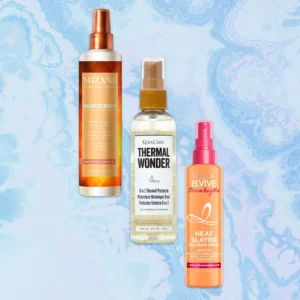
Maintaining Vibrant Red Hair
Care tips for red hair
Red hair can be particularly prone to color fading and brassiness. To maintain vibrant red hair, it is important to use color-safe products specifically formulated for red hair. These products often contain color-enhancing ingredients like red dyes or pigments that help revive the color. Additionally, washing your hair with cool water can help preserve the intensity of red hair by preventing the cuticle from opening, which can lead to color loss.

Avoiding color fade
To prevent color fade in red hair, it is crucial to minimize exposure to sunlight and harsh environmental factors. UV rays can cause red hair color to fade quickly, so wearing a hat or using hair products with UV protection is recommended. Furthermore, swimming in chlorinated pools or saltwater can strip the color from red hair, so it is advisable to wear a swim cap or rinse your hair thoroughly with fresh water after swimming.
Using color-depositing shampoos and conditioners
Color-depositing shampoos and conditioners specifically formulated for red hair can help maintain the vibrancy of the color between salon visits. These products contain red pigments that deposit onto the hair, refreshing and enhancing the red hue. It is important to choose a product that matches your specific shade of red hair to achieve the desired results. Regular use of color-depositing shampoos and conditioners can help extend the life of your vibrant red hair.
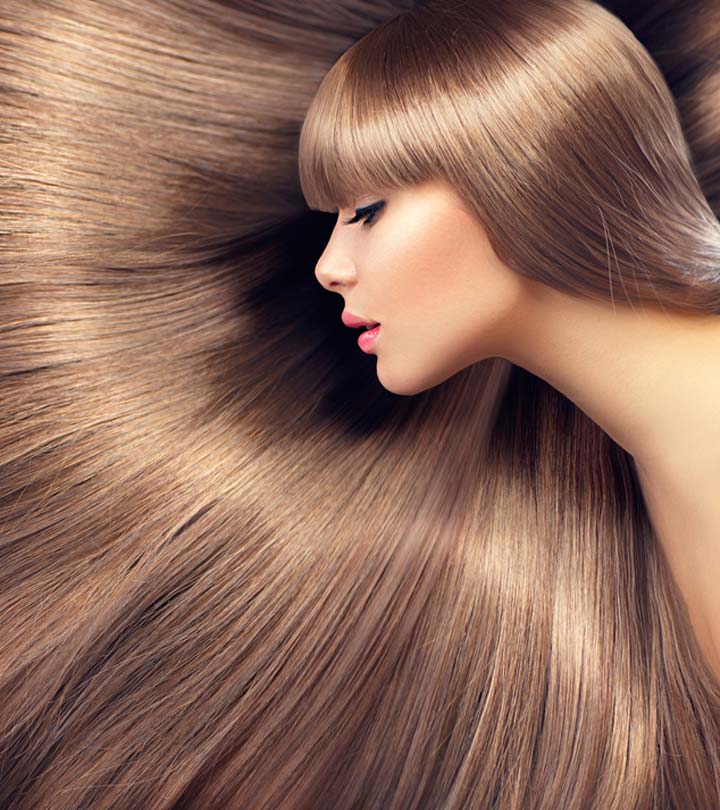
Preventing and Treating Hair Color Breakage
Importance of gentle hair care
Gentle hair care practices are essential in preventing hair color breakage. Avoid aggressive brushing or combing, as it can cause the hair to become tangled and break. Instead, use a wide-tooth comb or a brush specifically designed for detangling to minimize stress on the hair strands. Patience and gentle handling of your color-treated hair can go a long way in maintaining its health and preventing breakage.

Avoiding harsh chemicals and treatments
Harsh chemicals and hair treatments can weaken the hair shaft and lead to breakage. It is important to avoid using products that contain sulfates, alcohol, or ammonia, as they can strip the hair of its natural oils and cause damage. Additionally, certain chemical treatments like perms, relaxers, and keratin treatments can further weaken the hair, making it more susceptible to breakage. Opt for gentler alternatives or consult a professional stylist for advice on safer alternatives.
Using protein-based hair products
Protein-based hair products can help strengthen color-treated hair and reduce breakage. These products typically contain ingredients like keratin or hydrolyzed proteins that help repair and fortify the hair structure. Regularly incorporating protein treatments, such as protein-infused hair masks or leave-in conditioners, can help restore and maintain the strength of your color-treated hair. However, it is important to strike a balance, as excessive protein use can cause the hair to become stiff or brittle.
Correcting Unwanted Color Results
Color correction techniques
Sometimes, hair color results may not turn out as expected. In such cases, color correction techniques can be employed to rectify the unwanted outcome. Color correction often requires the expertise of a professional stylist, as it involves analyzing the current hair color, identifying the underlying tones, and applying the appropriate color to neutralize the undesired shade. It is crucial to refrain from attempting color correction at home, as it can lead to further damage and potentially worsen the situation.
Seeking professional help
If you are unsure about how to correct unwanted color results or if the issue seems complex, it is highly recommended to seek professional help. A skilled hairstylist can assess your hair, understand your desired outcome, and devise a tailored solution to fix the problem. They have access to professional-grade products and techniques that can effectively address color concerns and deliver satisfactory results. Relying on a professional can save you time, money, and unnecessary stress.
Using color-removing products
In some cases, color-removing products can be used to correct unwanted color results. These products work by breaking down the color molecules in the hair and allowing them to be washed out. Color removers are typically more effective in removing semi-permanent or temporary dyes, while permanent dyes may require multiple treatments or professional assistance. It is important to closely follow the instructions provided with the color-removing product and to moisturize the hair afterward, as these products can be drying.
Dealing with Allergic Reactions to Hair Color
Identifying signs of an allergic reaction
Allergic reactions to hair color can range from mild irritation to more severe symptoms. Signs of an allergic reaction may include itching, redness, swelling, or a rash on the scalp or around the hairline. In more severe cases, individuals may experience difficulty breathing or a rapid heartbeat. If you notice any adverse reactions after applying hair color, it is important to act promptly and address the situation to prevent further complications.
Taking immediate actions
If you suspect an allergic reaction to hair color, it is crucial to take immediate actions to minimize discomfort and further spread of the reaction. Rinse the affected area with cool water to remove any residual color or chemicals. Applying a cold compress or taking an antihistamine can help alleviate itching and reduce inflammation. It is advisable to consult a healthcare professional or seek emergency medical attention if the symptoms worsen or if respiratory distress occurs.
Exploring alternative hair dye options
If you have had an allergic reaction to a specific hair dye, it is vital to explore alternative options to ensure safe and enjoyable hair coloring experiences. Opting for natural or organic hair dyes that use plant-based pigments can be a suitable alternative for individuals with sensitive skin or allergies. Henna is also a popular natural hair dye option that can provide vibrant color results without the use of harsh chemicals. It is recommended to perform a patch test before using any alternative hair dye to ensure compatibility and minimize the risk of allergic reactions.
Long-lasting Hair Color Tips
Avoiding frequent shampooing
Frequent shampooing can strip the hair of its natural oils and cause the color to fade more quickly. To maintain long-lasting hair color, it is advisable to reduce the frequency of washes. Instead, opt for dry shampoo or refresh your hair using a color-safe volumizing powder between washes. This will help preserve the natural oils and pigments in the hair, extending the time between color touch-ups.
Co-washing for extended color life
Co-washing, or conditioner washing, can be a beneficial technique for maintaining long-lasting hair color. Instead of using traditional shampoo, co-washing involves using a moisturizing conditioner to cleanse the hair. This helps retain the natural oils and pigments in the hair, resulting in prolonged color life. It is important to choose a conditioner that is specifically formulated for co-washing to avoid product buildup.
Protecting hair color from chlorine and saltwater
Chlorine and saltwater can cause color fading and damage to the hair. To protect your hair color, it is advisable to wet your hair with fresh water before swimming. This helps to create a barrier between your hair and the chlorinated or saltwater, minimizing color absorption. Additionally, wearing a swim cap or using a leave-in conditioner can provide further protection. After swimming, thoroughly rinse your hair with fresh water and apply a color-protecting conditioner to minimize the effects of chlorine or saltwater on the hair.
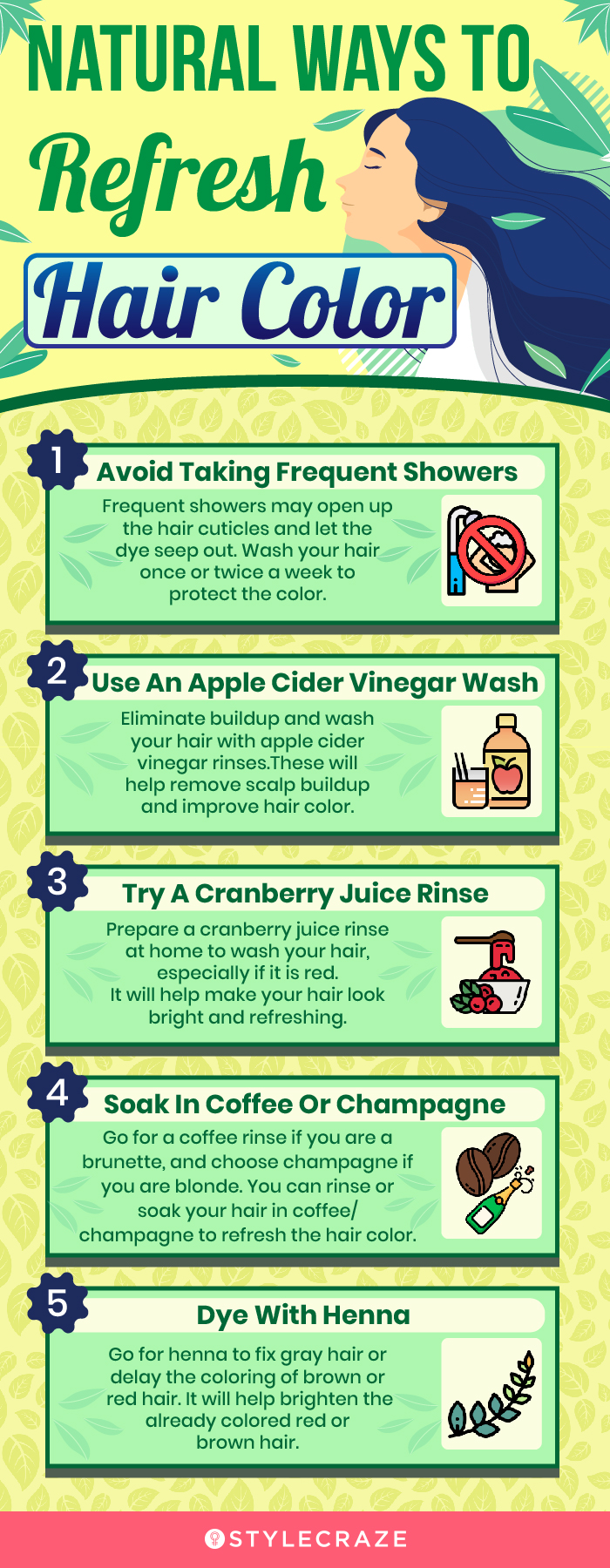
Stylish.ae’s Ultimate Guide To Addressing Common Skin Concerns(Opens in a new browser tab)
Understanding Your Skin: The Stylish.ae Guide To Skin Typing(Opens in a new browser tab)
Color Me Beautiful: Dyeing And Highlighting Tips For Every Hair Texture(Opens in a new browser tab)

